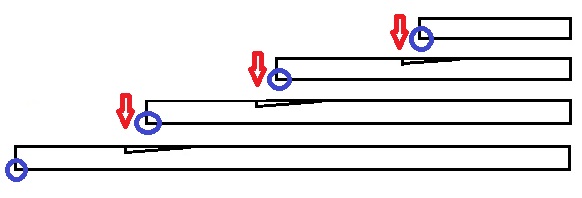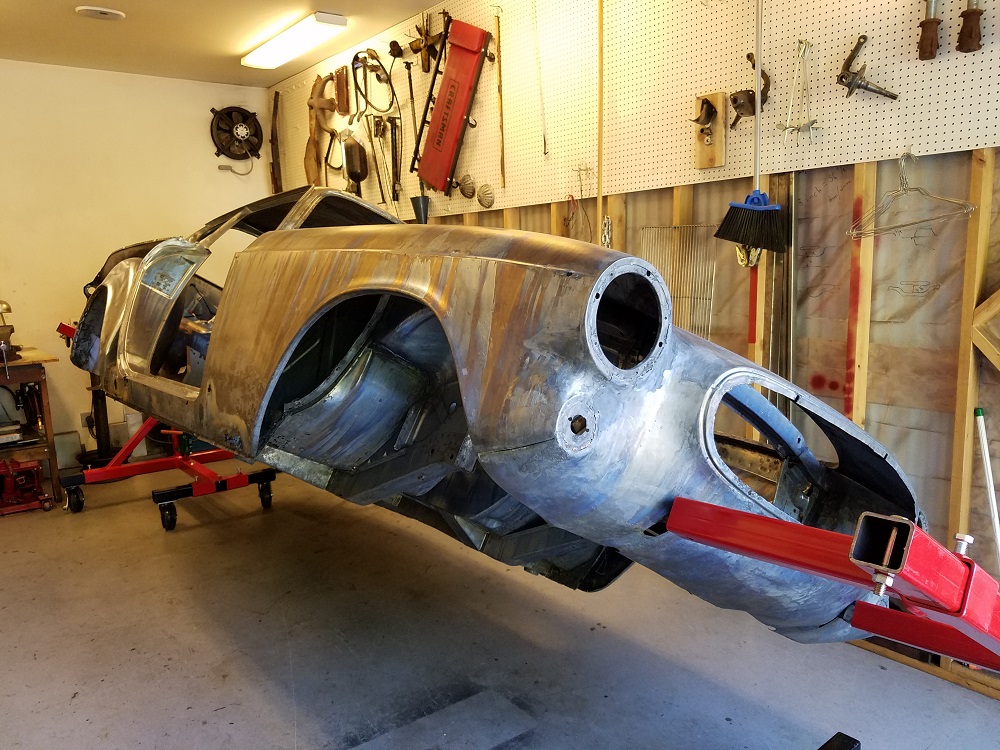
What is chamfering leaf springs?
The Covid-19 is doing terrible things to people and our economy. That is not something we should take lightly and we applaud people that volunteer or help out in any way they can. Like the fellow with a 3D printer, he is making protective shields for healthcare workers on the front lines.
Being a car guy (or gal) is not the worst situation to be in while social distancing. I am sure there is something on your car that you didn’t fix during the winter because you “didn’t have time”. Well, now you do. There are tons of great DYI videos on Youtube that can teach you a thing or two. Of course, don’t do anything you are not qualified for.

As your Editor I am also staying home but there are no lack of projects. Besides yard work, I find myself in the shop. Right now I am servicing the leaf spring on a 1952 Chevy truck. This may be helpful if you have a Volvo Duett with leaf spring rear suspension.

Over the years, the sharp edges of each leaf will eventually “dig in” to the leaf next to it. This sharp ridge (Red arrow) will eventually be deep enough to prevent smooth operation. Unless is is too deep, you can smooth out this area with a grinder. I prefer 36 or 40 grit flap disk for this. Usually I go over over the area with 100 or 120 grit flap disk after. Also, chamfer the corner of the leaf that created the ridge for less chance of ever catching again. (Blue circle)
Leaf springs are usually held together with a bolt in the center. Make sure to hold the spring pack together with heavy duty clamps like pictured above as you don’t want the pack to come apart to fast. Once the bolt is removed, you can open the clamps slowly and the each leaf will be separated.
They plan is to make the truck the perfect parts chaser while I get back on the 1961 P1800 body.

Stay busy, stay safe, stay well.
